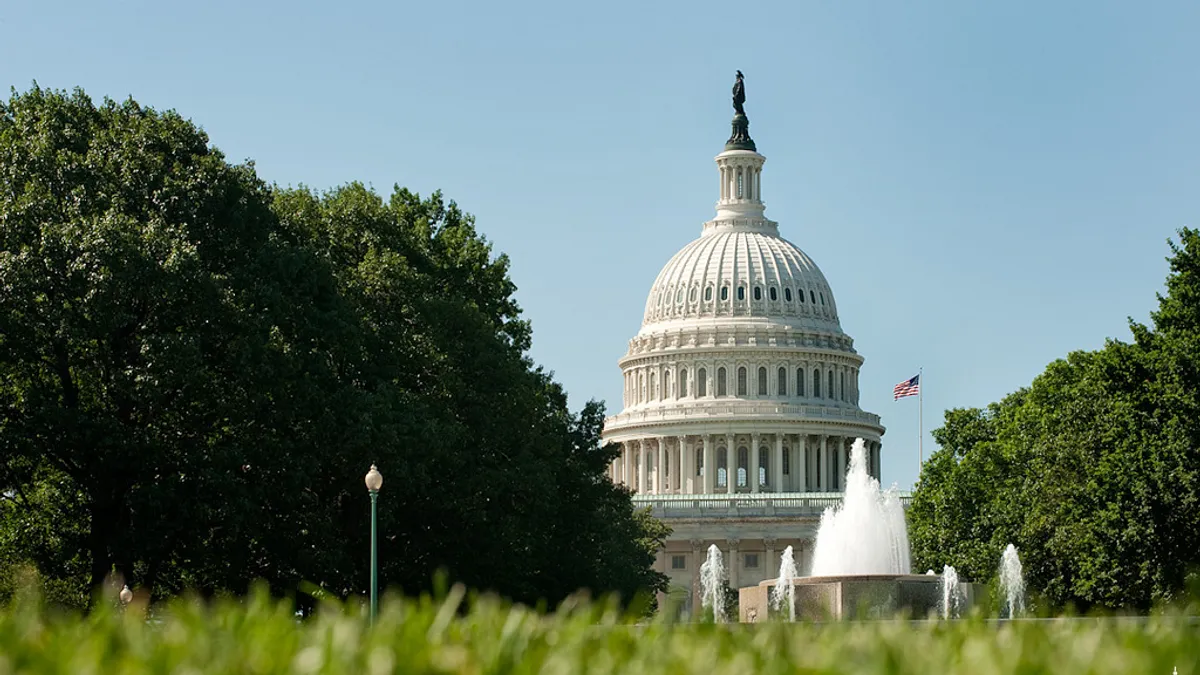Dive Brief:
- The Equal Employment Opportunity Commission released regulations on how federal agencies must comply with affirmative-action hiring goals for disabled workers. The regulations set “model employer” expectations for the federal government. The regulations don’t apply to state, local and private-sector employers.
- The regulations address Section 501 of the Rehabilitation Act, which requires federal agencies to develop affirmative-action plans for hiring disabled workers and submit the plans to the EEOC for approval. In 2014, the EEOC requested the public’s input on its affirmative-action regulations for possible revision. The current regulations are the result of that input.
- The agency’s hiring goal is 12% of workers with disabilities and 2% of those with “targeted” disabilities, which have been traditional barriers to employment. Targeted disabilities include blindness, paralysis, convulsive disorders, deafness and mental illness.
Dive Insight:
By issuing the regulations, the EEOC has stepped up its commitment to affirmatively hiring disabled workers. While the regs don't apply to private sector employers, companies throughout the nation can indeed take tips from "model" federal employers.
The regulations include existing requirements for federal agencies, such as written procedures for reasonable accommodation plans and strategies for recruiting qualified disabled job candidates. The regulations also have new hiring goals for federal agencies, which will allow more disabled workers to apply for federal jobs.
How any form of affirmative action will hold up under a GOP-led Senate and House and Donald Trump’s impending presidency isn’t clear.














